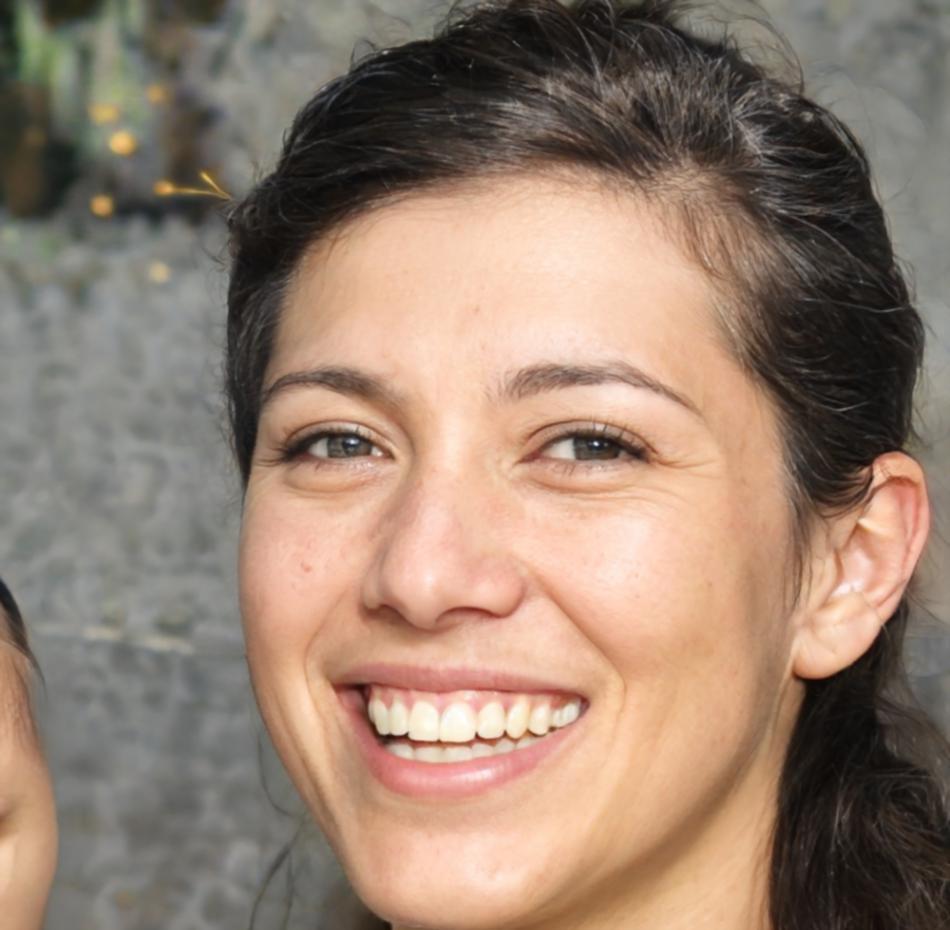Budget Contingency Planning Certificate
Nine months of focused work on what actually matters when budgets go sideways. No fluff about financial transformation. Just the methods that help businesses stay operational when unexpected costs show up.
Real scenarios, not textbook theory
Most programs teach you to build perfect budgets. That's helpful until your supplier doubles their rates or half your team quits in the same month. This program focuses on the messy middle—when you need to make fast decisions with incomplete information.
We work through actual case files from Australian businesses that faced sudden cash flow problems. You'll see what worked, what made things worse, and why some companies bounced back while others didn't. It's less about formulas and more about developing judgment.
The program starts in September 2025 and runs for 38 weeks. That's enough time to work through seasonal variations and see how planning looks different in Q4 versus Q2. You'll build your own contingency models from scratch, test them against historical data, and present your approach to people who've actually managed through financial crises.

Three phases that build on each other
Foundation (Weeks 1-12)
Understanding what contingency planning actually means for different business types.
- Cash flow pattern recognition
- Risk categorization frameworks
- Historical crisis analysis
- Basic modeling techniques
- Documentation standards
Application (Weeks 13-26)
Building your own models with real constraints and limited information.
- Scenario development methods
- Reserve calculation approaches
- Stakeholder communication
- Decision tree construction
- Recovery planning steps
Integration (Weeks 27-38)
Testing your work against complex situations and getting feedback from practitioners.
- Multi-variable crisis simulation
- Cross-functional coordination
- Implementation barriers
- Revision and adaptation cycles
- Final portfolio review
Who teaches this program

Darnell Voss
Former CFO who managed through three major downturns

Paloma Rigby
Risk analyst specializing in supply chain disruption

Keenan Thwaite
Turnaround consultant for mid-sized operations

Brenley Coulthard
Treasury manager with cross-industry experience
What you'll actually do during the program
This isn't lecture-based learning. Each week includes case work, model building, and feedback sessions. You'll spend more time in spreadsheets and discussion forums than watching presentations. The workload averages 12-15 hours weekly, though it varies depending on your background.
Monthly Reviews
Present your contingency models to instructors and get specific feedback on your assumptions and calculations.
Peer Analysis
Critique other participants' work and defend your own approach in structured group sessions.
Final Portfolio
Compile three complete contingency plans with supporting analysis and implementation notes.